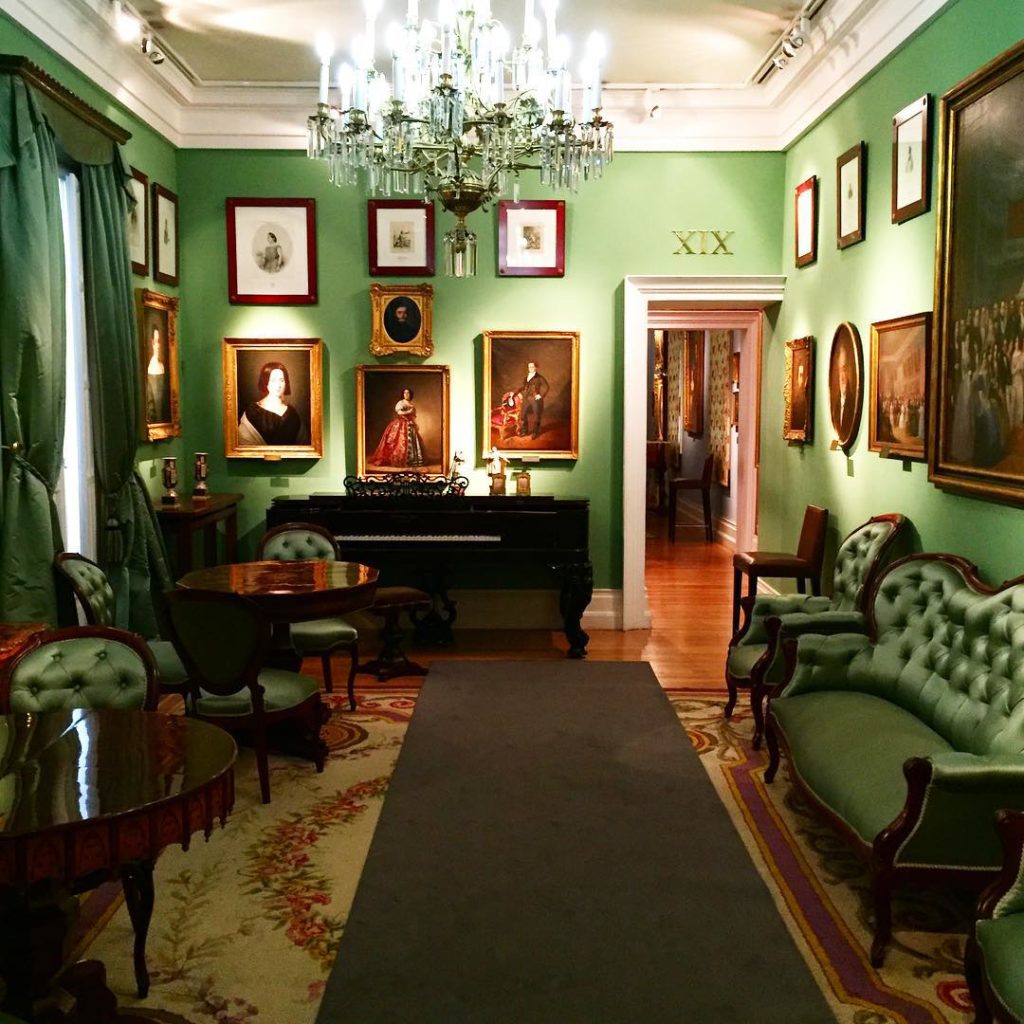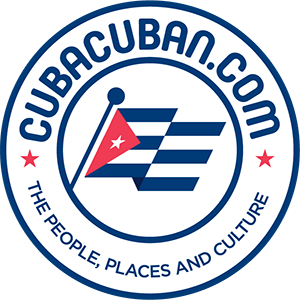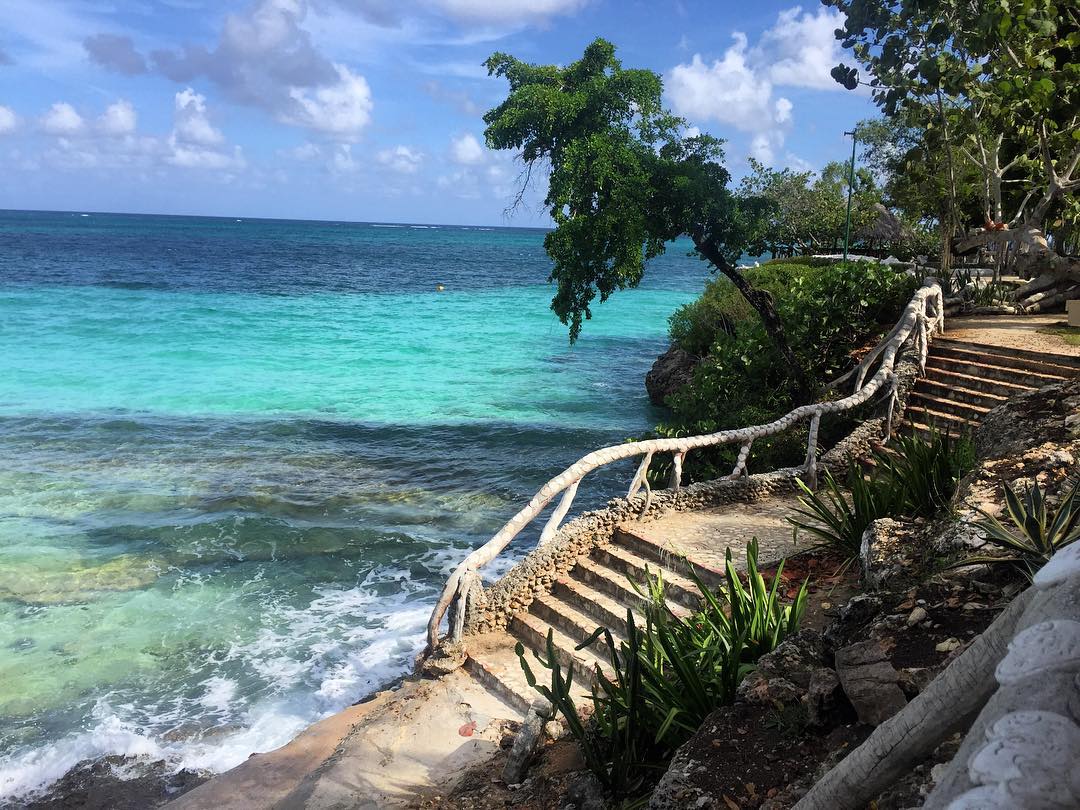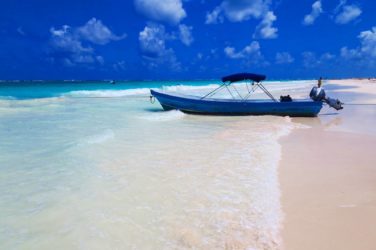1 Cayo Coco
Another of Cuba’s idyllic beaches and one of the most isolated, the area was featured in two novels by Ernest Hemingway: The Old Man and the Sea, and Islands in the Stream. It is connected to the mainland by a bridge, but most visitors come by air. Among its favored beach destinations are Playa Los Flamencos and Playa Prohibidad, which has a nature trail. This is an excellent location for birdwatching, and its El Baba Nature Park is home to flamingos, turtles and crocodiles.
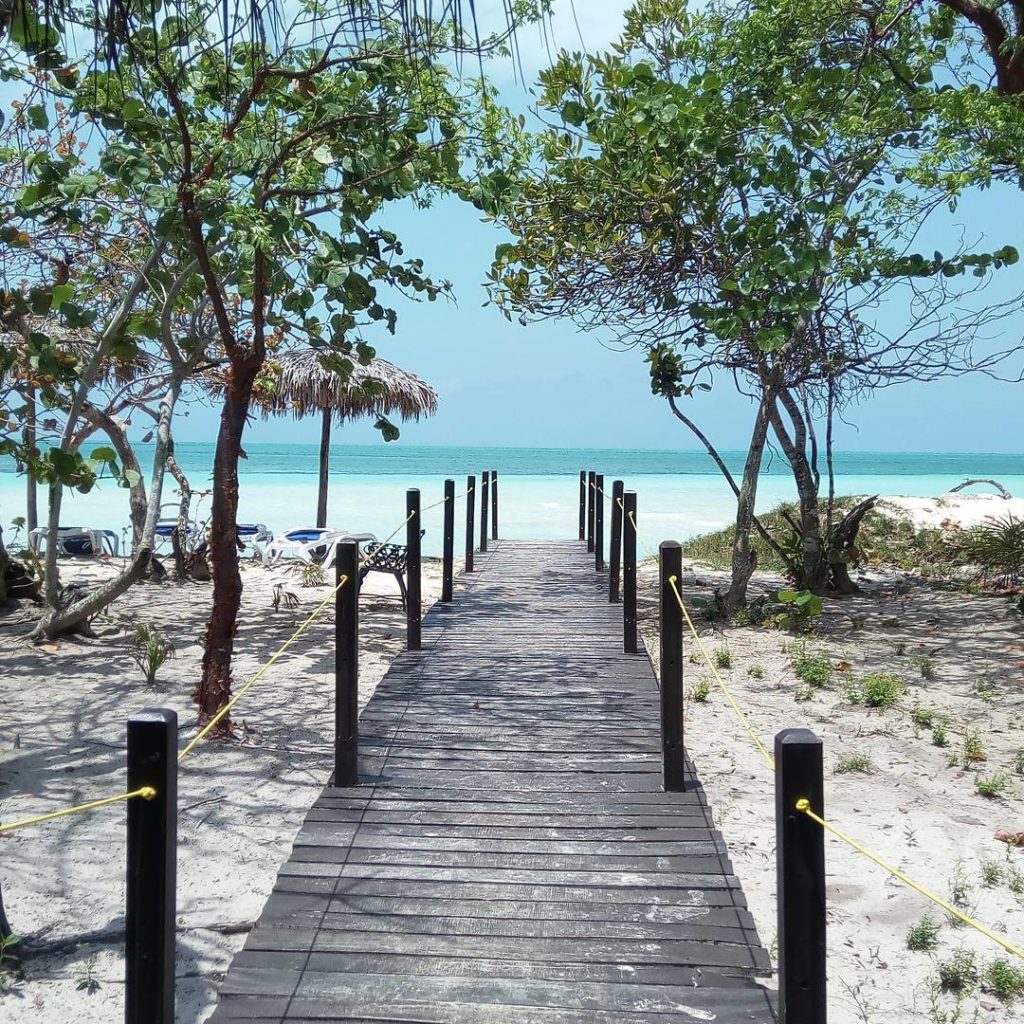
2 Parque Nacional Vinales
This UNESCO World Heritage Site is located in a lovely valley in the Sierra de los Organos, north of Pinar del Rio. It features mogotes, or steep limestone hills, which add to its dramatic landscape. A great for nature lovers and adventurers looking to ride horses or hike through its surrounding hill country.
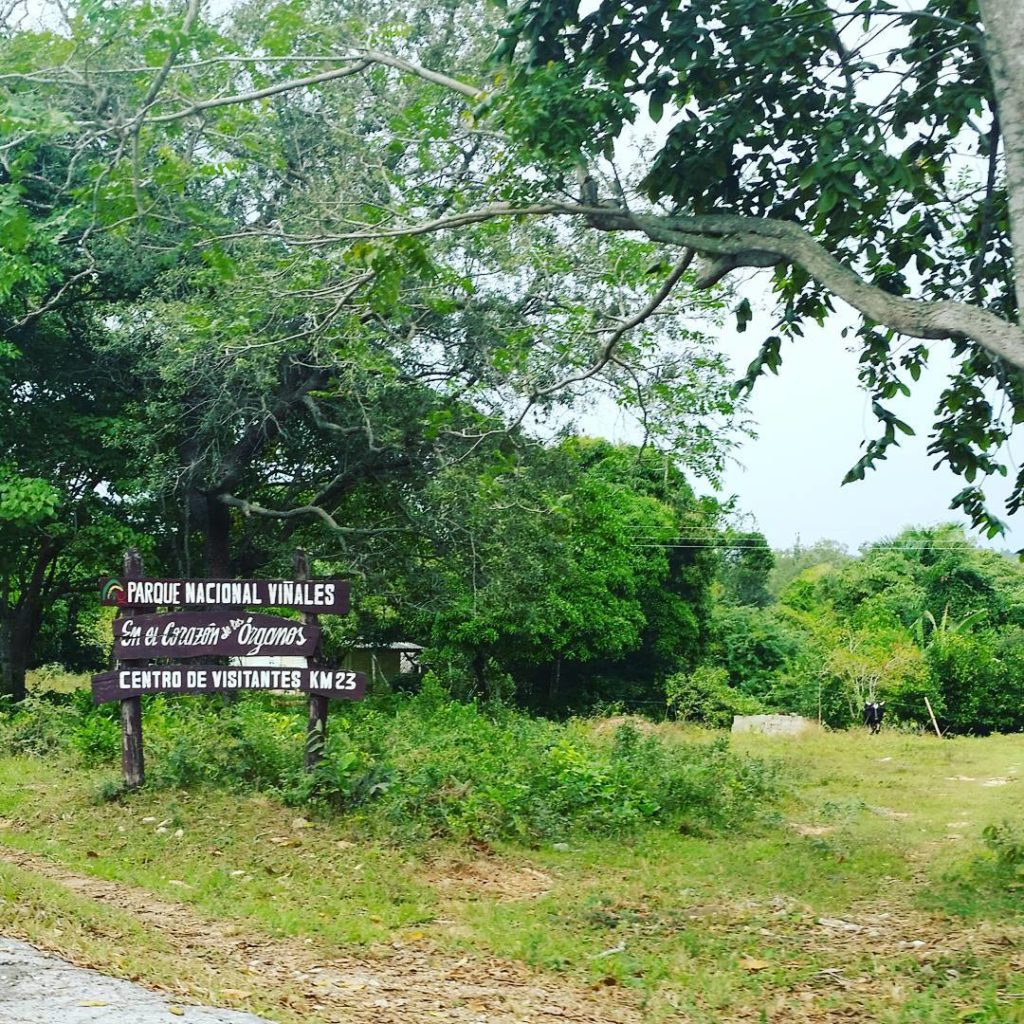
3 Holguín
Described as the “most beautiful land eyes have ever seen” by explorer Christopher Columbus in 1492, this mountain region of Cuba includes rugged landscapes and excellent beaches. There are spectacular underwater dive sites. The area is also home to the second-largest deposits of nickel and cobalt in the world. In Columbus’s time, the north shore of Holguin was in the territory of the Maniabón people. The tropical forests and mountains here are relatively unspoiled and offer some of the best eco-tourism experiences in the Caribbean.
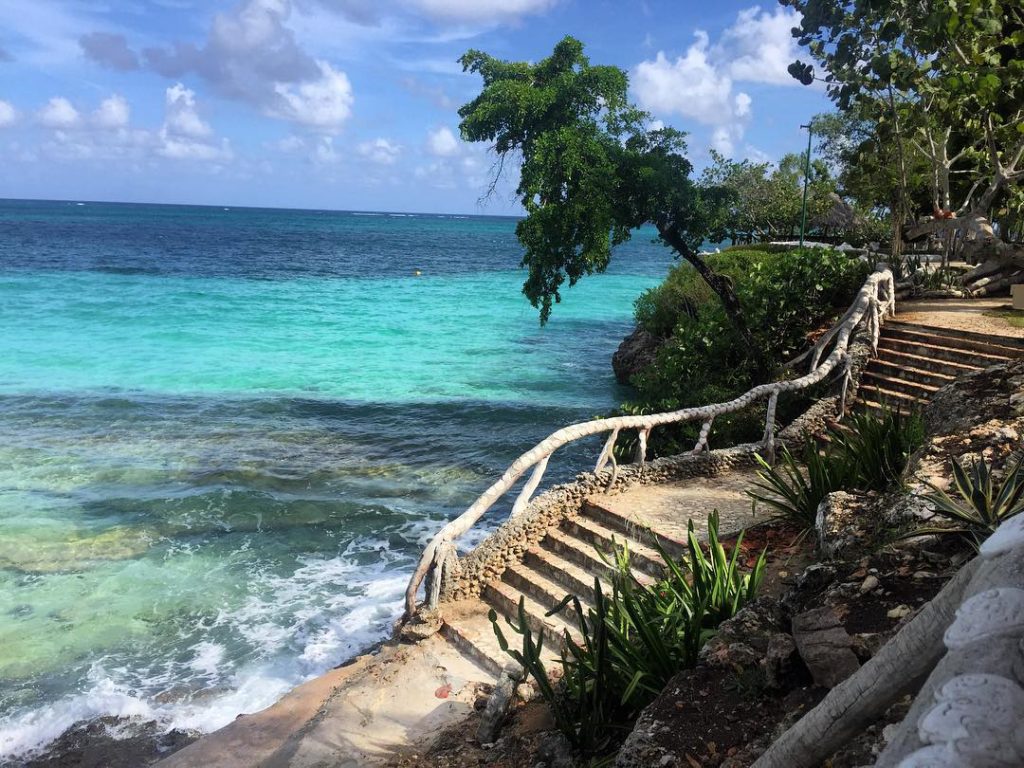
4 The Museo Chorro de Maita
This archaeological-site-based museum in Guardalavaca is designed to protect 62 human skeletons and the bones of a barkless dog, which were part of a village and cemetery dating from the 16th century. The village is one of about 100 Cuban archaeological sites. There is a reconstructed Aldea Taina across from the museum that features life-size models of the dwellings in which the indigenous people lived. The site also offers a restaurant, and stage shows displaying native dance rituals are also given at the location.
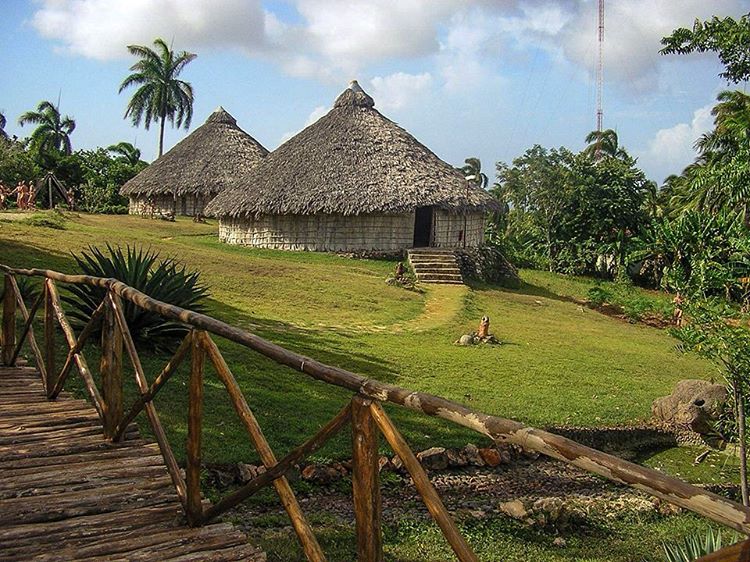
5 Palacio Brunet: Museo Romántico
This palace was the residence of the Count Nicolás de la Cruz Brunet of Spain. Brunet was a supporter of the Reformist Movement and a friend of Jose Antonio Saco. He served as alcalde of Trinidad. It was constructed between 1740 and 1808 and is now the Museo Romántico. The museum houses an important collection of 19th century furniture and decorative arts. It features a recreation of the interior of an authentic Cuban home of the period, displaying the strong influence of Europe over the region at the time. Displays include marble and crystal decorations, Sèvres porcelain, china figurines, and French opaline items.
